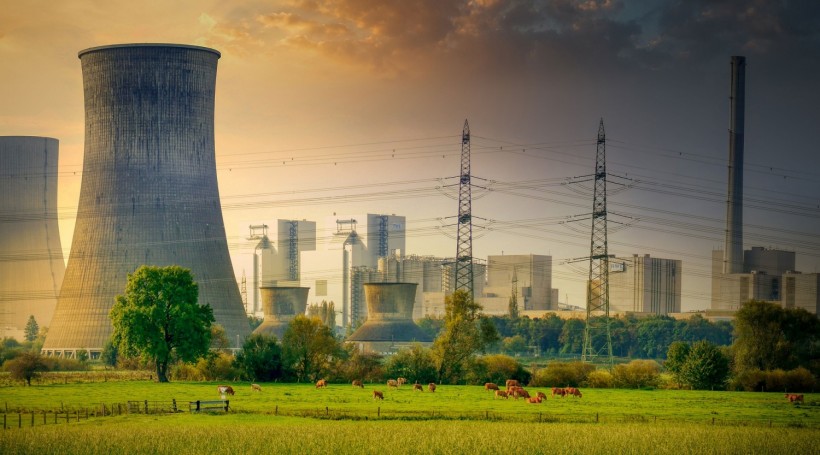Eielson Air Force Base plans to put up micro-scale nuclear energy to address the problem in Alaska Air Base during deep winter. The Air Force issued a proposal for such a plan.

Nuclear Energy Power Supply
Eielson Air Force Proposal on Micro Nuclear Plant
The amount of direct sunlight in Alaska during deep winter is less than four hours. Permafrost thaws, as a result, endangering certain bases' very existence.
Last month, the Air Force requested proposals to build a 2.5-megawatt micro-reactor at Eielson to supplement its existing 20-megawatt coal-fired heat and power plant, which distributes electricity around the site through overhead wires.
A representative for the Air Force stated that the planned micro-reactor is meant to enhance the installation's current energy sources as a backup resilience strategy to power the base.
Eielson Air Force Base
Established in 1944, Eielson performs a crucial national security function. It is home to the Air Force's 354th Fighter Wing, which provides combat-ready air power. According to its website, the base, 150 miles south of the North Pole, also offers a strategic arctic basing option.
According to Scientific American, Eielson has completed a significant expansion to accommodate two additional F-35 fighter squadrons. For the project, 36 buildings and 54 housing units had to be built.
According to a base official, the facility currently uses an outdated central heat and power plant that consumes 700 to 900 tons of coal daily. About 120 miles southwest of the base, at the Usibelli coal mine, the coal is transported by train. Under a contract with the local electricity provider, backup power is supplied. If required, two 7.5 MW diesel generators are also available.
While the base's current power plants have undergone continuous improvements and upgrades, Maj, Kathryn Stuard, the flight commander of the 354th Civil Engineer Squadron's operations at Eielson, stated that additional generation from the micro-reactor will further improve the base's energy resiliency and autonomy.
ALSO READ: Chernobyl Vs. Zaporizhzhia Nuclear Plants: Why the Latter is Safer and Doesn't Spread Too Much Radiation?
Air Force Nuclear Plant
In contrast to Eielson's current power plant, the new micro-reactor will not be owned by the Air Force. Instead, the Air Force will acquire electricity through a power purchase agreement from the plant's future constructor and owner.
Officials stated that the micro-reactor would be operational by the end of the fiscal year 2027 but did not provide a cost estimate for the trial project. The initiative fits nicely with the Defense Department's overarching goal to significantly reduce carbon emissions while enhancing base resilience to extreme events.
According to Stuard, the base's arctic environment poses the biggest threat to energy security, and because of the extreme cold and darkness, we depend more on electricity and heat than people do in other places. She claimed there are typically two to three power outages at the base.
According to Alaska Public Media, the United Coalition for Advanced Nuclear Power is supporting the Eielson project. According to Lucian Niemeyer, a principal with UCAN, there are two reasons why Eielson is so exciting: a geopolitical reason and an energy-resilience reason.
The Eielson microreactor may show that the technology has potential for the Interior's other distantly positioned military installations. According to Niemeyer, Eielson depends on a coal plant with oil backup in a crucial region of the nation.
RELATED ARTICLE: Power Loss in Chernobyl Nuclear Plant, Can It Spill Nuclear Discharge?
Check out more news and information on Technology in Science Times.














